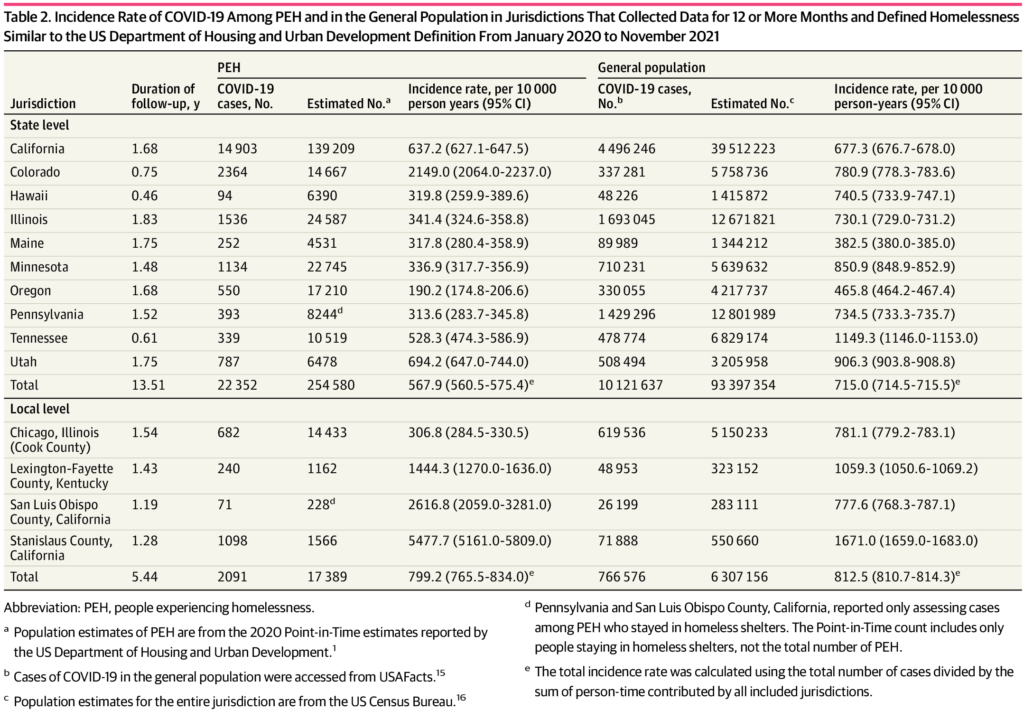Link: https://www.bbc.com/news/world-asia-64373950
Excerpt:
Japan’s prime minister says his country is on the brink of not being able to function as a society because of its falling birth rate.
Fumio Kishida said it was a case of “now or never.”
Japan – population 125 million – is estimated to have had fewer than 800,000 births last year. In the 1970s, that figure was more than two million.
Birth rates are slowing in many countries, including Japan’s neighbours.
But the issue is particularly acute in Japan as life expectancy has risen in recent decades, meaning there are a growing number of older people, and a declining numbers of workers to support them.
Japan now has the world’s second-highest proportion of people aged 65 and over – about 28% – after the tiny state of Monaco, according to World Bank data.
Author(s): George Wright
Publication Date: 23 Jan 2023
Publication Site: BBC



